Good news! Foreign investors’ share of London office investment hit a record high of 82% in the first half of this year.

Meanwhile, domestic investment into London offices was one of the lowest amounts on record. You might prefer one statement to the other, but it is the same glass - half full, half empty.
While the sales of the Leadenhall Building and 20 Fenchurch Street to foreign investors seem to contrast with the lack of domestic activity, the story unfolding is not one of foreign investors staying undeterred despite home-grown fears about Brexit.
For some time, domestic investors have only been able to stomach small lot sizes, while foreign buyers have consistently bought London’s biggest assets with ease. The attributes of what is trading should grab our attention rather than the domicile of the buyer.
The sustained liquidity of London’s biggest and best assets and the lack of interest elsewhere may be a precursor to what comes next. A double blow of an economic slowdown and a poorly managed Brexit could split the London market in two, making big, prime assets investors’ best choice in the coming years, while smaller, secondary assets may struggle.
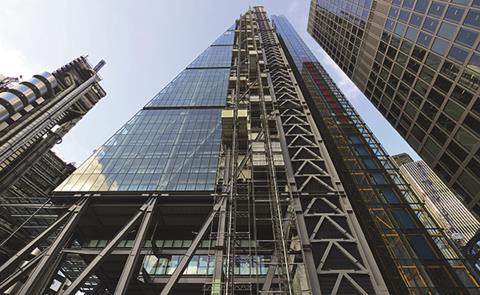
Evidence of diverging fortunes between prime and secondary offices in London is already being seen. Twenty-three tenants have signed up to leases over 50,000 sq ft for new or refurbished buildings since the EU referendum, above the long-term average of 19 deals in any 12-month period. Meanwhile, the overall vacancy rate has steadily risen from 3.1% to 4.5%.
Occupiers are committing to London, but it is rarely a new commitment and the secondary space vacated when the incumbent tenant leaves for a new building is creating a drag on secondary rents.
Tenants are also seeking space outside London as part of cost-cutting or Brexit contingency plans. For example, a major multinational bank has agreed to a 10-year lease for around 40,000 sq ft in Dublin, promoting that city as its EU hub. But this trend - rather than sending a signal that new and refurbished buildings will struggle - raises further concern over secondary space being vacated to be sublet or re-let.
Softening rents
That said, prime headline rental values have not been exempt from weakness. During Q2 2017, rents fell in the City office market by 1% quarter on quarter to £69.50 sq ft/year. Incentives have increased over the past year from a rent-free period of 20 months to the current 24 months on a 10-year lease.
In AXA IM - Real Assets’ view, the softening of prime rents is expected to last to the end of 2018, but softness in secondary rents is likely to remain for some time after that.
Considering their diverging outlooks, are prime buildings with low yields expensive and are secondary assets cheap, or is the opposite the case? Top-quartile assets have maintained an average yield of 3.8% over the past 12 months. Meanwhile, bottom-quartile assets have seen yields increase, extending the premium between prime and secondary by 35bps to 290bps over the same period.
However, the prime/secondary spread was more than 400bps in 2001-02 and 2009-10, suggesting another 100bps added to today’s spreads is possible in the future. Investors hunting for secondary assets may have to wait until prices drop to reflect the extra risks. The fact that many of those waiting are domestic investors is irrelevant.
























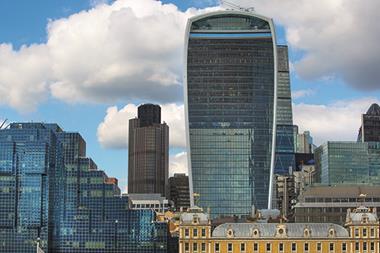

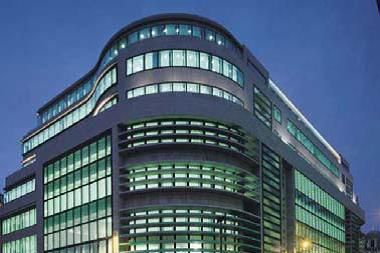

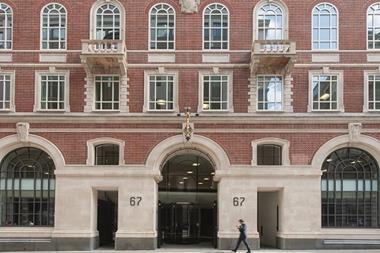
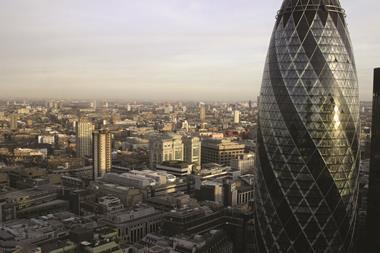
No comments yet